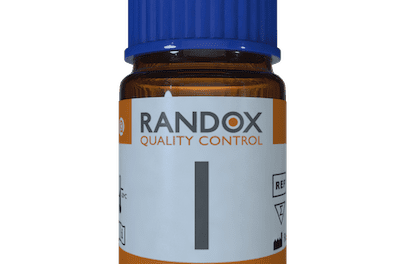This is a companion article to the feature, “Overcoming Immune Blockade in Non-Small Cell Lung Cancer.”
As part of the adaptive immune response, cytotoxic CD8+ T lymphocytes are an important component of the body’s ability to mount an offensive against tumor activity. Cytotoxic T cells are primed and activated when circulating tumor-cell antigens are presented to them by antigen-presenting cells (APCs). Once armed, these antigen-specific T cells become mobilized to infiltrate, recognize, and kill the target tumor cells.
Cytotoxic T cells can be powerfully destructive. In healthy people, the development of immune tolerance and prevention of T-cell mediated autoimmune disease is regulated by a number of signaling mechanisms, including so-called ‘immune checkpoints.’
One such checkpoint is governed by the activity of the programmed death-1 (PD-1) protein, a cell surface receptor that promotes apoptosis in antigen-specific T-cells and, conversely, inhibits apoptosis in suppressive, regulatory T cells. The immuno-inhibitory activity of PD-1 is stimulated when it comes into contact with the programmed death ligand-1 (PD-L1), a peripheral membrane protein that is expressed, under normal physiological conditions, on the surface of a variety of cells involved in immune regulation. While this is an important mechanism for preventing excessive, self-destructive immune responses, it also has an inhibitory effect on the immune system’s ability to kill and clear cancer cells.
Unfortunately, certain types of cancer—including some non-small cell lung cancers—abnormally overexpress PD-L1 on the surface of their cells. Such cancers thereby exploit the PD-1 pathway to suppress the activity of antigen-specific T-cells, thus evading the body’s anti-tumor immune response. This circumvention of normal anticancer immunity is known as the PD-1/PD-L1 checkpoint blockade, and is the target of a number of novel immunotherapies known as ‘checkpoint inhibitors,’ which are designed to interrupt PD-L1’s immunosuppressive function by interfering with the interaction between PD-1 and PD-L1.



